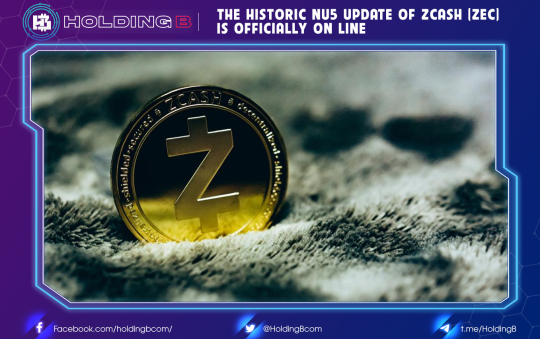According to sources, traders say that Ether staking returns could be in the range of 10% to 15% after the Ethereum 2.0 upgrade.

Alex Kruger, a trader and analyst: “I’m very bullish on ether over the summer as staking ether will provide better returns than actual or inflation-adjusted returns in major markets. traditional school after consolidation.”
After enduring a period of macroeconomic stress, crypto traders are focusing on progress in the crypto ecosystem, particularly on the impending proof-of-stake consolidation of Ethereum smart contract blockchain and the upside effects on its native token.
Ethereum developers have successfully tested a fusion of a programmable proof-of-work and proof-of-stake chain, known as ETH 2.0, that allows users to keep funds in crypto wallets to support network activity in return for newly minted coins. Therefore, staking is similar to passive investing.
According to the report, the yield of ether could be in the range of 10% to 15%. Blockchain analytics firm IntoTheBlock expects yields to be higher than the US consumer price index, which stood at a four-decade high of 7.9% in February.
Through merging with the proof-of-stake chain, the fees previously earned by miners will be transferred to stakingers. This is expected to result in a staking bonus of 7% to 12%.
ETH 2.0 TO ATTRACT INSTITUTIONS
The successfully completed fusion test run is favorable for the researchers to launch the mainnet which will take place this summer. Observers foresee increased institutional adoption once the Eth 2.0 upgrade is complete.
The proof-of-stake consensus mechanism is more eco-friendly than proof-of-work, which rewards miners with tokens for solving complex mathematical puzzles to validate transactions. That process consumes a lot of energy. Some sources say bitcoin mining has a carbon footprint comparable to that of developed nations, which has prevented institutions from adopting the cryptocurrency. American electric car maker Tesla suspended bitcoin payments last year, citing environmental concerns related to mining operations.
The Beacon Chain “deposit contract launches December 2020” introduced staking but did not fundamentally change the way Ethereum works. That changes all that in 2022 when it merges with the mainnet, causing consensus to change dramatically, reducing energy consumption by 99.95% and eliminating Ruben Merre. Over 10 million ether locked in the deposit contract.
STORE OF VALUE AND SCALABILITY
Consolidation has the potential to make ether a deflationary asset or store of value asset. “After the consolidation, the amount of ETH issued is expected to decrease by 90%, which will lead to similar fees to reduce the supply of ether by 5% a year,” IntoTheBlock said.
Ether’s supply expansion has slowed. The Ethereum EIP -1559 Improvement Proposal made in August introduced a mechanism to burn a portion of the fees paid to miners. Since then, over 2 million ETH – worth over $6 billion – has been destroyed, resulting in a 65.2% drop in net supply.
Some experts say the sharding upgrade after the consolidation will be a more significant upside catalyst. Sharding refers to the splitting of the entire Ethereum network into pieces called shards to distribute the load. The change is designed to ease network congestion and increase transaction speeds.
After consolidation comes sharding, through which scaling is facilitated. Will it signal that Ethereum’s position as the dominant Web 3 blockchain is really worthy and sustainable? Accordingly, gas fees will not be resolved immediately as interest rates may increase and so will gas fees, but it will be interesting to preview moving advantages and ability to attract developers, which will there is less reason for crypto projects to choose any rival to Ethereum. It’s all about transaction speed using a fractional chain, making it much more energy efficient and ultimately paying lower fees.
According to recently updated parameters, ETH has increased by 13% in the past week, the largest increase in seven weeks. In mid-March, more than 180,000 ETH was withdrawn from centralized exchanges, indicating a decrease in the number of coins available for sale in the market. The last time ETH left exchanges had such a large scale was in October 2021, before the price increased by 15% within ten days.
See ya in the next article !
Don’t forget to follow useful articles about Crypto Market from team Holding B !!!
- Telegram Channel: https://t.me/HoldingBcom
- Telegram Group: https://t.me/HoldingB
- Website: https://holdingb.com/
- Twitter: https://twitter.com/HoldingBcom
- Facebook: https://www.facebook.com/holdingbcom





